Tangled Knots of History
We live in a world where two people can look at the same event and come to wildly different conclusions. It's not surprising given that many of us are constantly submerged in a digital information matrix of facts, half-truths, and outright lies. We gather all these facts and try to make sense of them, sometimes arriving at opposite conclusions. So, just imagine trying to make sense of events that happened centuries ago in the remotest regions of the known world (as far as Europe was concerned).
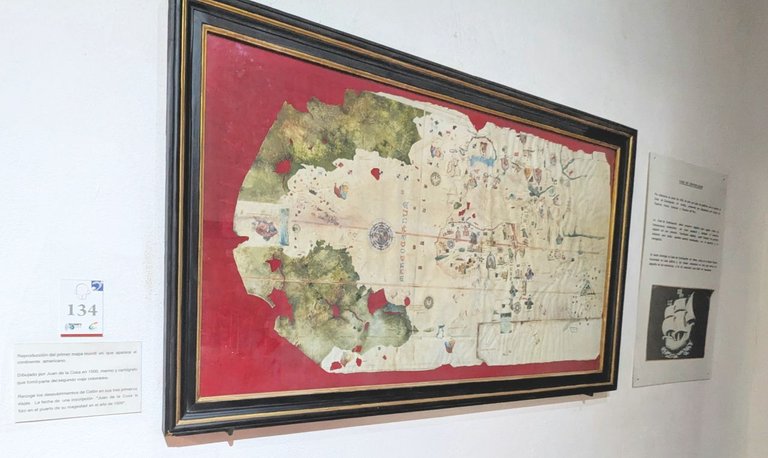
Replica of the first map mundi to show the Americas. Found in Museo de las Casas Reales, Dominican Republic
Historians indicate that during Columbus second voyage to the Americas, he brought labourers and aristocrats with the aim of establishing settlements. The tropical climate and harsh conditions they encountered soon got the best of them and many died, particularly in La Isabela.
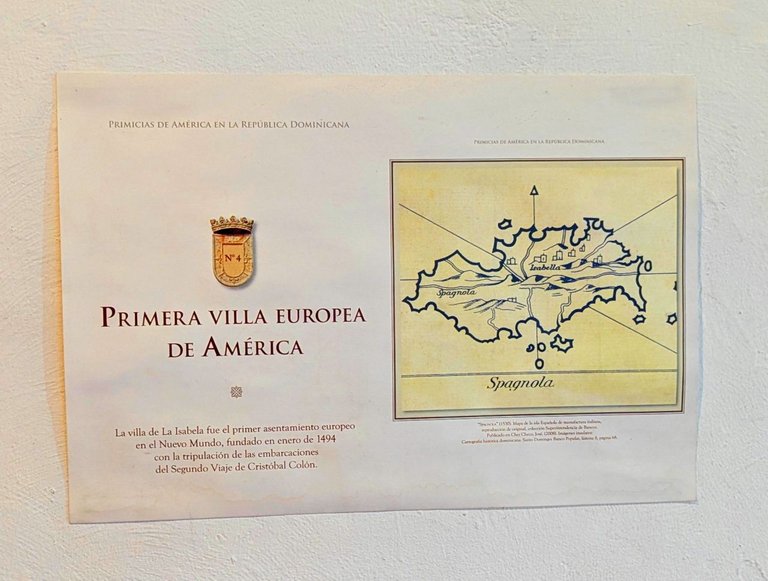
Discontent spread throughout the workers, who had to labour under difficult conditions in mines, agricultural fields, forts, and so on. Without pay. There were harsh treatments if they got out of line or broke any of the rules (like the prohibition of sexual intercourse with native women). Conspiracies were cooked up. Someone got hanged by Columbus. Nobles, who had come along on the Admiral's second trip, didn't appreciate having to work as common manual labourers, so they too became a source of unrest in the colonies. They complained to the royals back in the mother country. In turn, the Spanish royals told Columbus to get back across the pond and answer a few questions about his management style.
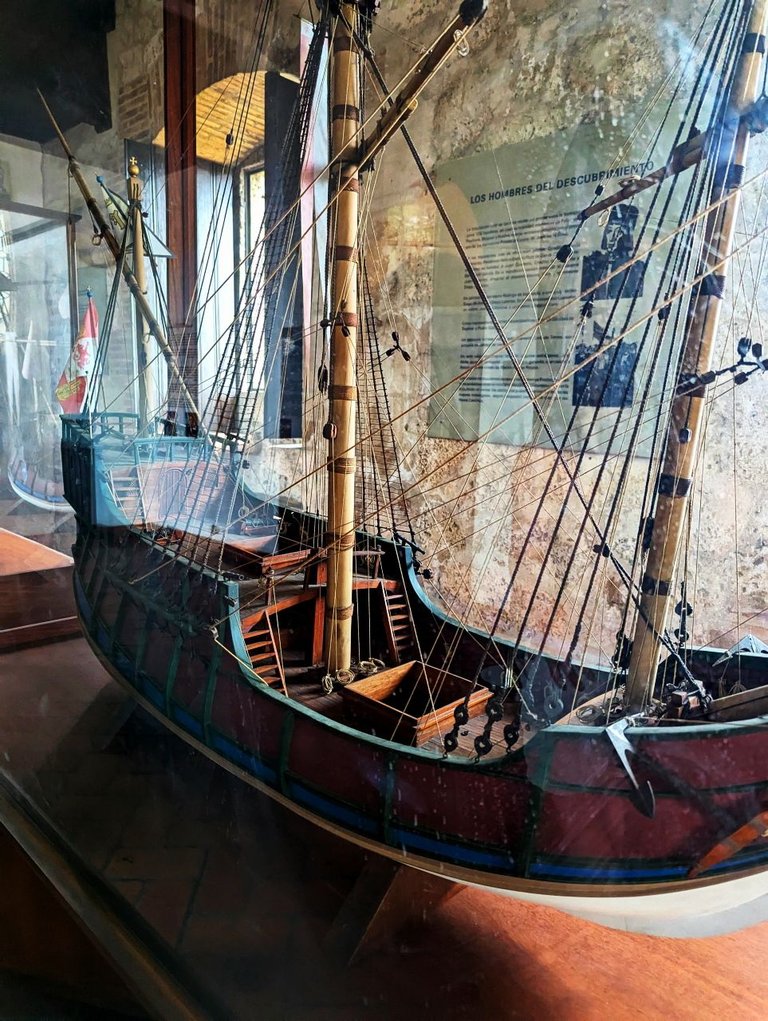
Replicas of ships used in Columbus' voyages to the Americas

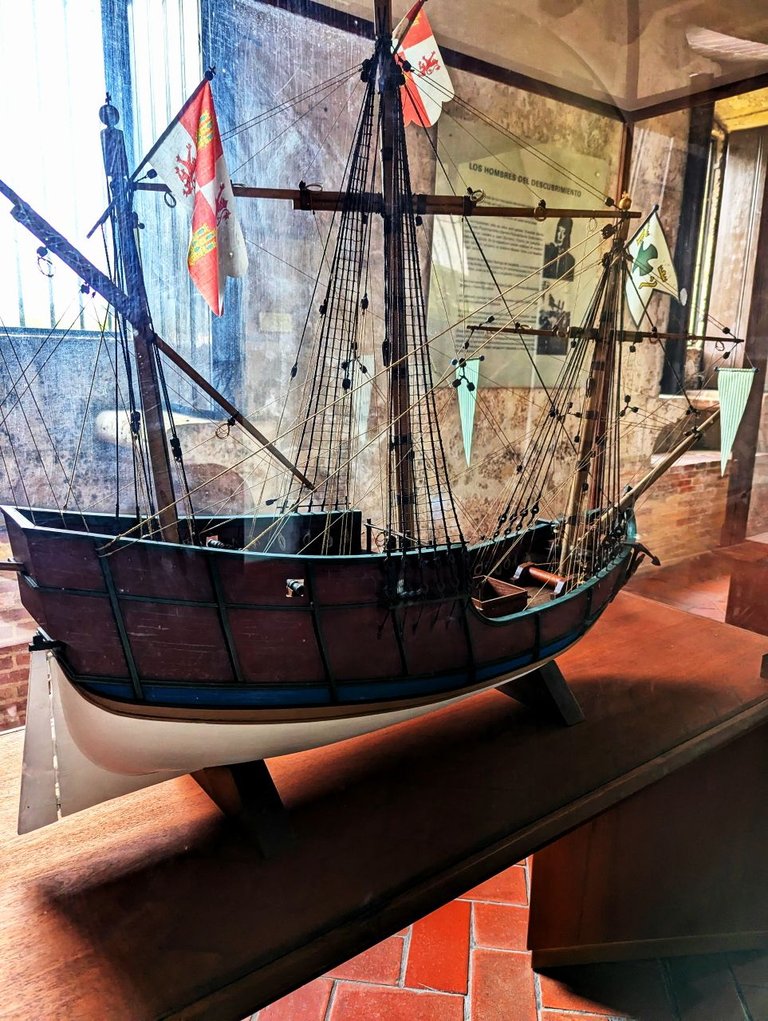
Before leaving for Spain, Columbus tasked his brother with the establishment of a city near the Ozama river, where an indigenous woman had informed them about the existence of a gold mine.
Santo Domingo was founded on August 5, 1497.
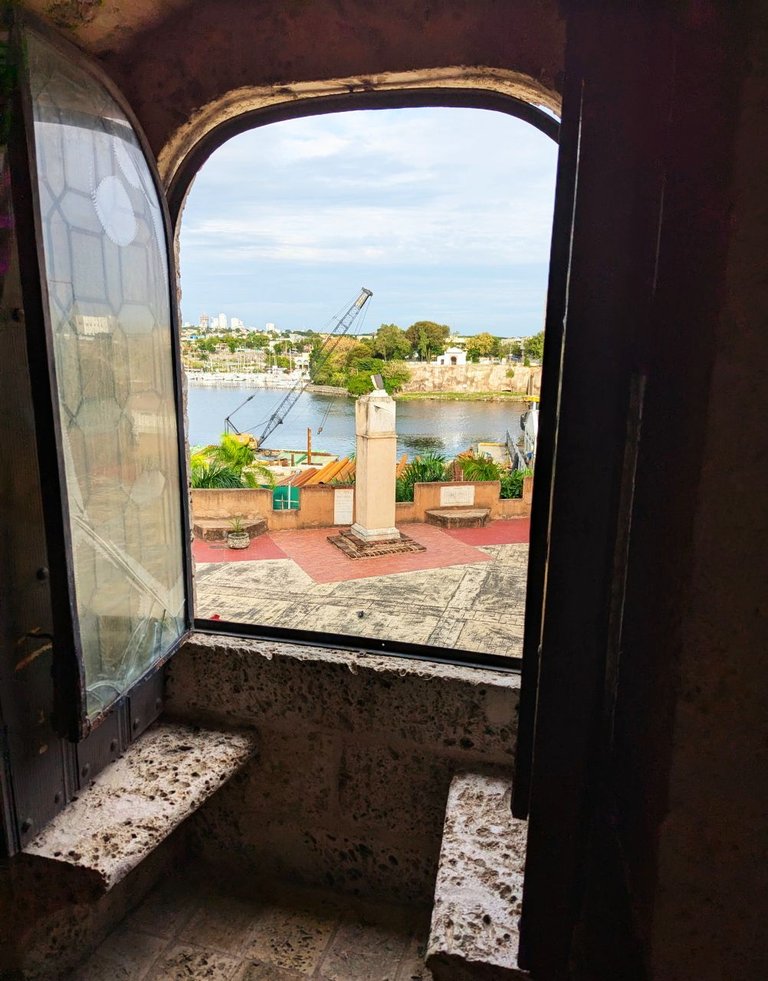
Resources
Historia Dominicana (2006). Jaime de Jesus Dominguez. Letra Grafica.
Images taken in Museo de las Casas Reales by @litguru
 |  |  |  |
|---|---|---|---|
| X | InLeo | NFT Showroom |
It's true that history depends on who writes it and who looks at it, but those replica ships fascinate me. I've always loved ships in general. Thank you for bringing us art with history. Those ships really are works of art!
I didn't take picture of the plaques identifying them, but the replicas were the Niña, the Pinta, and the Santa Maria. Spectacular!
The work involved in making these scale model ships is truly spectacular!
!CURATE BY
@quiubi
Thank you for your contribution to the community🌍🐏
Remember to delegate to us or join the curation trail to participate in the weekly hbd prizes🥇🏅
Thank you, @quiubi!
!discovery 30
!PIZZA
Thank you!
This post was shared and voted inside the discord by the curators team of discovery-it
Join our Community and follow our Curation Trail
Discovery-it is also a Witness, vote for us here
Delegate to us for passive income. Check our 80% fee-back Program
$PIZZA slices delivered:
@jlinaresp(1/15) tipped @litguru
Come get MOONed!
Fascinating look at 'history'. Explains why indigenous peoples were enslaved. Who else was going to do that work?
The difficulty of the work was one of the reasons, I imagine. But the work was done by both slaves and non-slaves, which was the source of much turmoil in the island throughout the centuries.
What I find interesting in regards to slavery is that it was a normal thing for many cultures at the time. It wasn't as shocking to them as it is to us now. But when the colonial period began in the Americas, Europeans began to question the nature of slavery.
Shocked by the treatment of natives at the time, several thinkers, scholars, and men of religion convened to debate the nature of the "Indian". Whether or not they were humans and had a soul. Some argued that natives did not have a soul and could therefore be used as one uses a beast of burden. Others (including the Spanish Queen) believed that natives did have a soul and could therefore be Christianized and 'civilized'. Implicitly, the latter leads to the conclusion that if natives have a soul then they should be treated with the same respect afforded any other subject of the Spanish crown. There's a famous speech by a religious man (Bartolomé de las Casas) that calls for the respect and freedom of the slaves. They did not come to a conclusive agreement during that meeting, but it shows how human rights were already being debated in the upper echelons of society so early in the colonial period. It led to a papal decree Sublimis Deus in 1537, attesting to the humanity of slaves.
Thank you for reading.
Slavery was certainly not unique to the Americas, or to the modern era. Through much of history slavery was routine. Lose a war? Lose a battle? Become a slave. Free labor. That's always been a hard thing to turn away from.